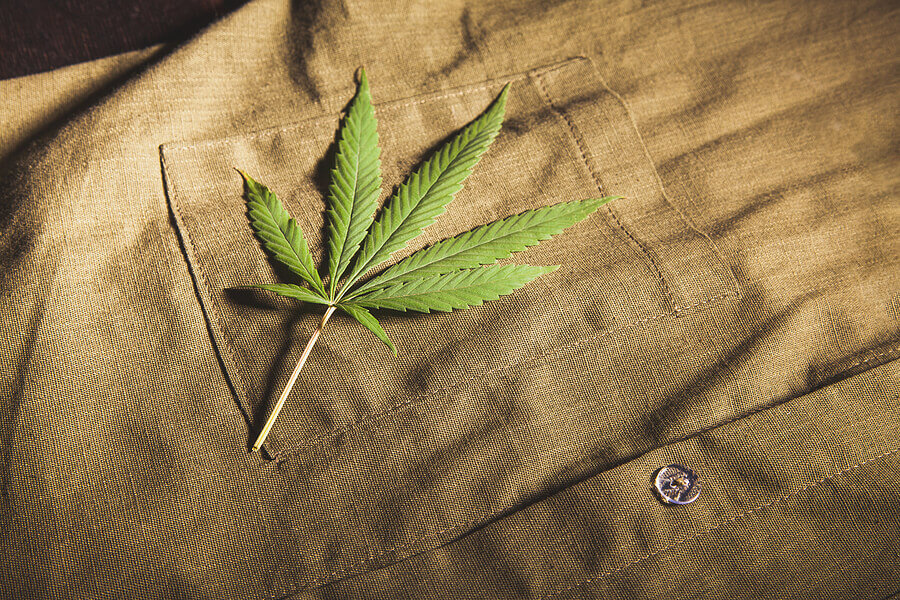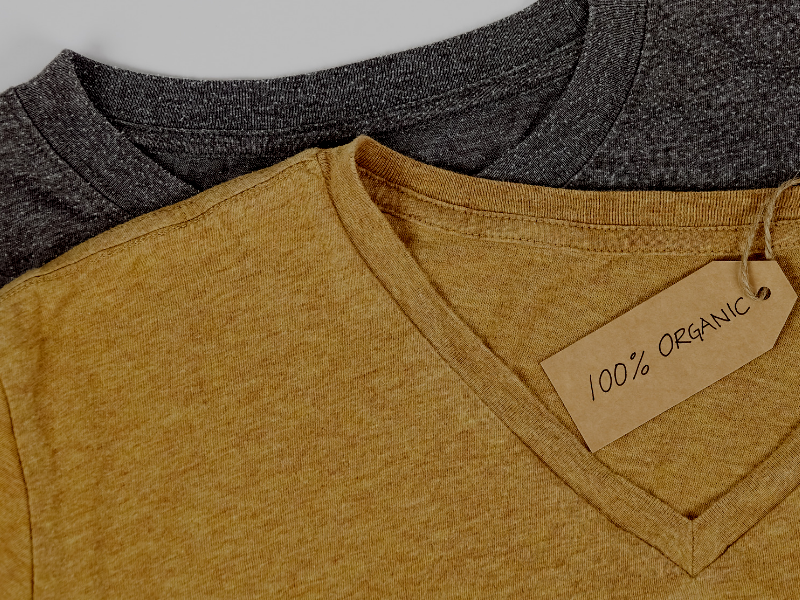Best Advice For Choosing Bamboo Clothing
Wiki Article
Why Is It That Hemp Is More Biodegradable, Durable, And Regenerable Than Cotton For Example?
Hemp is frequently regarded as more biodegradable, long-lasting, and regenerable than cotton due to its properties inherent to it and the method in which it is cultivated. Here's why- Biodegradability-
Natural Fiber- Hemp fibers are made from the plant which is biodegradable. Textiles and clothing made from hemp naturally decompose after being thrown away. They then return to the earth, without leaving long-lasting remnants. This is different from synthetic fibres like polyamide, which can decompose over hundreds of decades.
Hemp textiles are not contaminated with chemical additives and synthetic chemicals which may slow biodegradability. Cotton textiles are treated with synthetic chemical additives, such as certain dyes or finishings which slow biodegradation.
Durability-
Hemp fibers are known for their durability and strength. Hemp clothing and textiles are more durable to wear than cotton, which helps make them last longer. Hemp clothing is durable and can be washed many times before they show signs of wear.
Hemp fabrics tend to be less prone to pilling, which results in the formation of tiny fuzzy balls that form on the fabric's surface. This contributes to the longevity of their fabric and the overall quality.
Regenerative Agriculture-
Soil Health Hemp cultivation can be regenerative if it is done in a sustainable manner. Hemp can improve the soil's quality by enhancing soil health. The deep roots of hemp help prevent erosion of soil. This regenerative aspect can leave the land in a better state for the future growth.
Low environmental impact - Sustainable hemp cultivating methods involve the use of only a few pesticides. The cultivation of cotton is a common method that could cause soil degradation as well as water pollution, among other environmental problems due the use of synthetic chemicals.
Water Efficiency-
Hemp requires less water for growth than cotton. The fact that hemp is drought-resistant permits it to thrive in low-water conditions or with rain. It's an efficient use of water, especially for regions that are resource-limited.
Hemp is a simple crop to incorporate in crop rotations that improve the soil's health. It may also lower the likelihood of accumulating disease and soil depletion. Cotton farming isn't as susceptible to crop rotation.
The versatility of hemp allows it to be used for many different applications, including clothing, textiles paper, and other building materials. This flexibility implies that hemp cultivation is able to support various industries with sustainable and sustainable methods.
Although hemp has these advantages, it is essential to be aware that both cotton and hemp are produced either sustainable or not, based on the practices of farming and processes used. It is recommended to select hemp products that are produced using eco-friendly and ethical methods. This will maximize the environmental benefits of hemp. Organic cotton products are also a good way to reduce the environmental impact of conventional cotton. View the top hemp clothes for blog tips including hemp apparel, jungmaven sweatshirt, hoodlamb coat, hemp tee shirts, hemp clothing womens, hemp sweater, dash hemp clothing, hemp underwear, hemp apparel fabric, jeans hemp and more.

What Is It That Gives Hemp Fibers Their Moisture-Wicking, Breathable And Thermoregulatory Qualities?
Hemp fibers are breathable, thermoregulatory, and moisture-wicking properties due to their distinctive chemical and structural properties. These properties result from the combination of the following factors- Microscopic Structure- Hemp fibers possess a hollow and porous structure which allows air to flow through the fibers. This porosity make them extremely breathable. This structure, when weaved or knitted, permits air to circulate, encouraging the circulation of air and stopping heat and humidity from accumulating on the body.
Moisture Absorption and Wicking- Hemp fibers are hydrophilic and have a strong affinity for water and absorb moisture easily. Wearing hemp clothing can aid in absorbing sweat and moisture, which can keep you from feeling wet. Additionally, hemp fibers are efficient at wicking away moisture, dispersing it across a wider area of fabric where it is able to evaporate faster. When you are exercising or in hot temperatures, this capability to wick away moisture keeps you dry and comfortable.
Hemp fibers have natural properties for thermal regulation. When it is cold they will hold heat close to the body, allowing warmth. In the summer, they let excess heat and moisture escape, which helps you to cool down. The inherent thermoregulation ability makes hemp clothing suitable for a range of temperatures and types of activities.
Hemp fibres have anti-microbial properties that help to stop the growth of bacteria responsible for odors. This attribute contributes to the freshness of hemp clothes even when it is worn in the course of physical exercise.
Hemp fibers have a long life span and are extremely durable. This means that hemp clothing can withstand repeated washing and wearing without losing breathability or moisture-wicking properties. The durability of hemp clothing allows it to last longer, which decreases the requirement for replacement and, thus, the environmental impact.
UV Protection Hemp fibers are an organic UV protector, protecting the skin from damaging UV Rays. Hemp clothing is versatile because of its UV-blocking qualities. It's ideal for activities outdoors.
These properties are inherent in hemp fibers, and don't require chemical treatments or additives. The natural properties of hemp are what make it an eco-friendly and comfortable fabric, especially for activewear, outdoor clothing and warm-weather clothing. Furthermore, these qualities remain intact even when hemp fibers are transformed into textiles. Take a look at the most popular this hyperlink for hemp clothing for website advice including women's all seasons hemp canvas bomber hoody jacket, hemp tank top, american made hemp clothing, t shirt hemp, hemp and cotton fabric, patagonia work pants hemp, hemp tee shirts, wholesale hemp fabric, afends jesse dress, hemp boxer shorts and more.

What are the major differences between hemp and bamboo fibers?
Two distinct fibers, bamboo and hemp, are used for textile production. Each has its own properties and unique particularities. These are the major differences between bamboo and hemp fibers. Plant Source-
Hemp- Hemp is derived from hemp stalks. Particularly, the outer basts. Hemp has been utilized for a variety of reasons over the centuries. It is a fast-growing and adaptable plant.
Bamboo fibers- Bamboo fibers are obtained from the pulp of the bamboo plant. Bamboo is a grass that grows rapidly. species known for its rapid growth and sustainable nature.
2. Fiber Characteristics
Hemp- Hemp fibres are known to be strong and long-lasting. They are among the strongest of all the natural fibers. With each wash they soften which makes them suitable for textiles that last a long time.
Bamboo fibers are silky and soft. The fibers are not as strong than hemp, but they are also more delicate. However they are extremely sought-after for their comfort when placed on the skin.
3. Texture & Feel
Hemp fabric is somewhat coarse and has a textured feel. This is evident in its raw state. It's soft, but it has a distinct feel compared to bamboo.
Bamboo bamboo fabric is smooth silky and incredibly soft. It is often described by its wearers as being a blend of silk and cotton.
4. Breathability is crucial, as well as moisture-wicking.
Hemp Fibers Hemp fibers help to absorb water and are naturally breathable. They keep you cool and dry during hot weather.
Bamboo Fibers- Bamboo fibers have an excellent degree of breathability and moisture wicking. They're stocked with micro-gaps, which increase their capability to regulate the temperature and moisture.
5. Environmental Impact-
Hemp Hemp can be considered an environmentally friendly fiber because of its fast growth rate, low requirements for water, and its resistance against insects. These factors reduce the use of herbicides and pesticides. It is also able to capture carbon in its growing process.
Bamboo- Bamboo is famous for its sustainability. It is fast growing, requires little water, and does not require synthetic pesticides. Moso is among the most sustainable bamboo varieties.
6. Processing-
Hemp- Hemp fibres need an extensive process to separate the inner bast fibers from the inner woody core. The processing may include retting, or decortication.
Bamboo Fibers of bamboo can be made by a chemical known as the viscose or rayon process. This involves the use of chemical substances to degrade the bamboo fiber. This process could be harmful to the environment if it is not handled responsibly. However, some bamboo fabrics use closed-loop systems that minimize the waste of chemicals.
7. Versatility-
Hemp Fibers Hemp fibers have a variety of applications, including clothing, textiles paper, building materials.
Bamboo Fibers- Bamboo fibres are utilized predominantly in clothing and textiles however they can be seen in other products such as towels and bedding.
Both bamboos and hemps have benefits in terms of sustainable and distinctive qualities. Select between bamboo and hemp based on the qualities and properties that you're looking for and your environmental preferences. See the top bamboo clothes for site recommendations including shakuhachi clothes, bamboo shorts womens, bamboo cotton shirts, bamboo onesies, bamboo twirl dress, bamboo fabric clothing, bamboo trousers mens, bamboo boxer shorts, boody bamboo underwear, bamboo leggings and more.
